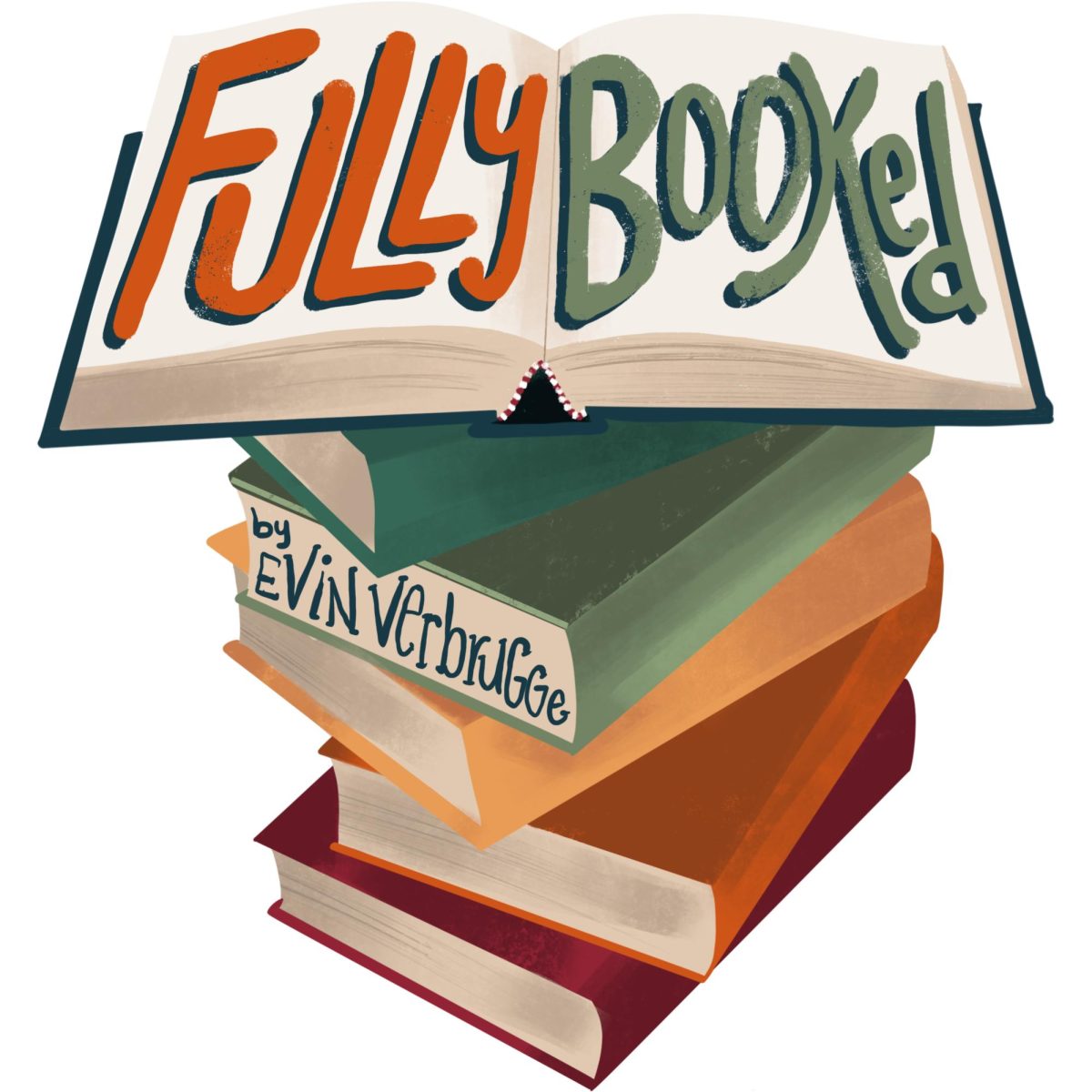I’ve written before that it’s necessary to read books of different genres because each genre has something different to offer. As I’ve tried to do this myself, it’s become clear that memoirs are the books that have the strongest hold on me.
Reading fiction lets you imagine things and places that typically can’t be experienced in real life, and for so long, I chose to read only fiction for that reason. Until I was about 16, I would read fantasy, young adult fiction, dystopian or any other type of fiction. I always equated the word “nonfiction” with “boring” — if the story didn’t come entirely from the writer’s imagination, how interesting could it really be, right? I think it’s obvious I was very wrong.
When I decided to give Patti Smith’s 2010 memoir “Just Kids” a chance, I was intrigued by the story, but I wasn’t expecting to be so enthralled by her writing that I would finish it in only a couple of days. While I love to read, I’ve never considered myself a fast reader, so when I finish a book in a matter of days, it means I really loved it.
I was fascinated by Smith’s outlook on and vivid memories of her time in 1960s New York City, from experiencing homelessness to barely making enough money to buy food to navigating her complex relationship with Robert Mapplethorpe, a now-famous photographer. Throughout the entire book, it was clear that Smith could find beauty in nearly everything she was going through, and that the one consistent part of her life was her love for creating art.
I think the main reason why this story about Smith’s relationship with Mapplethorpe and her journey as a young artist was and still is so compelling to me is because it’s true. If the story were fictional, I’m sure I would still be fascinated by the characters, but knowing that Smith experienced everything written in the book is just more inspiring to me. Rather than making readers wonder if the things they’ve read about in a book could actually happen, a work of creative nonfiction like “Just Kids” confirms to readers that they can and have happened before.
Reading “Just Kids” pulled me into a pattern of buying and reading memoirs over any other books. Joan Didion’s “The Year of Magical Thinking” was another quick read for me, which I bought shortly after finishing Smith’s memoir. In this book, Didion writes about the intense grief she experiences after her husband, John Dunne, unexpectedly passes away while her only daughter, Quintana, is in the hospital with pneumonia. Didion cannot focus solely on grieving her husband of 40 years because she is also flying across the country to bring her daughter to different hospitals where doctors are offering her no comfort regarding Quintana’s serious condition.
When Didion is in New York and out of the hospital, she lives in the apartment where she witnessed her husband’s death and replays the moments before, during and after his heart attack as she adjusts to life without him. Didion refuses to get rid of Dunne’s clothes or shoes, thinking that if she kept the things he always needed, he would eventually return as if nothing had happened. This is what Didion describes as her “magical thinking.”
Didion does not hold back how difficult and confusing that period of her life was, reminding readers that while grief can take many different forms, those experiencing it often encounter similar challenges while trying to resume their everyday lives. I’ve read countless books that try to tell the reader that they aren’t alone, but I think this one sticks out to me because Didion isn’t telling the story through the eyes of someone else. Her lived experience is more powerful than an imagined one would have been.
My love for memoirs and creative nonfiction has grown over the past few years. The creative nonfiction pieces I’ve read made me want to major in nonfiction writing, and that’s exactly what I’m doing now. The nonfiction section on my bookshelf is now overflowing, and I’m sure I’ll have to clear out some space soon to make room for more memoirs.


